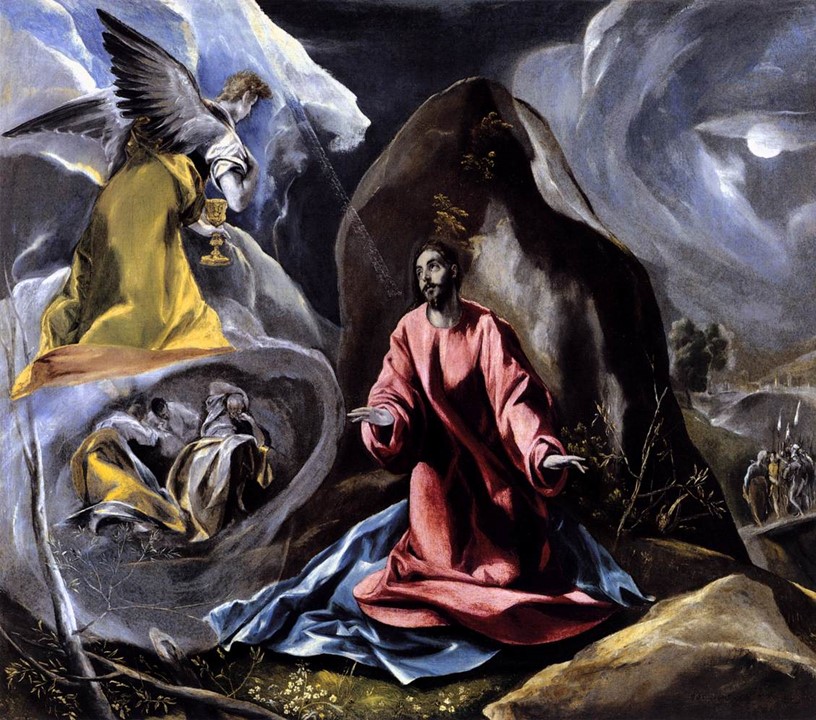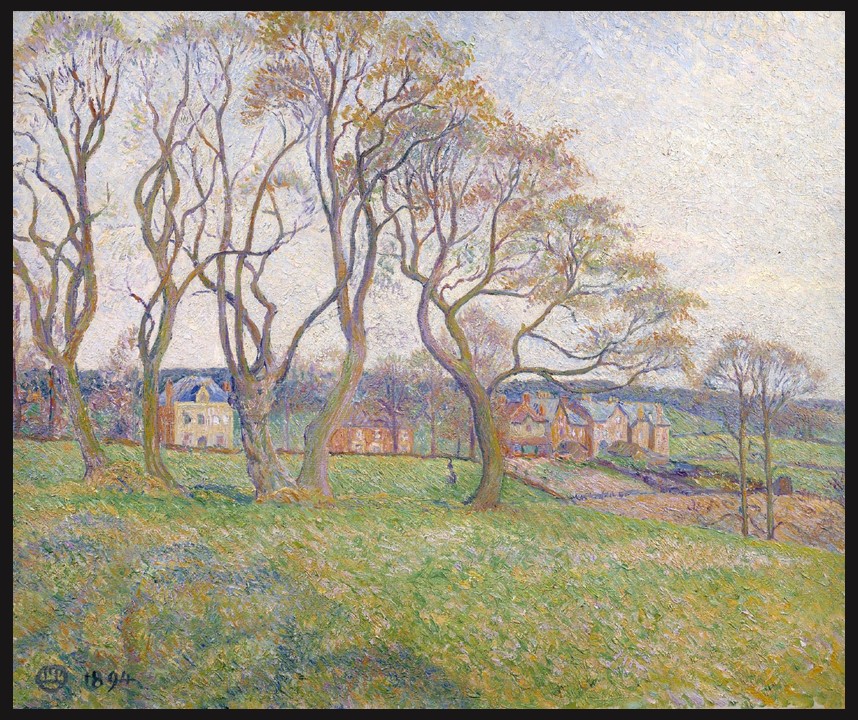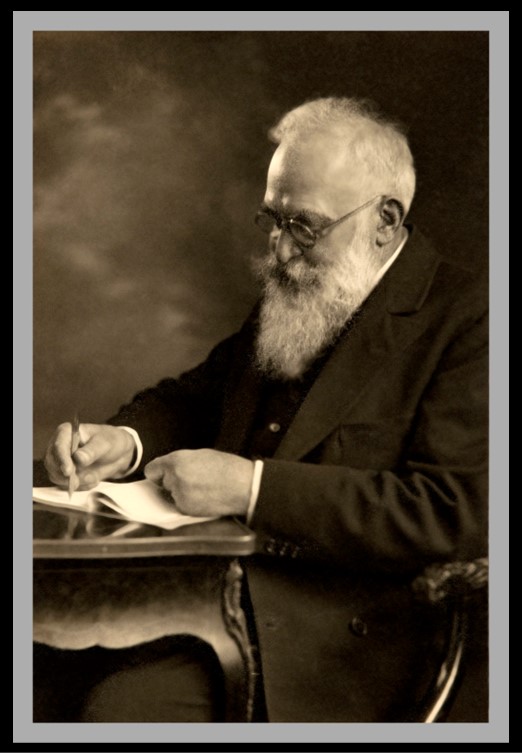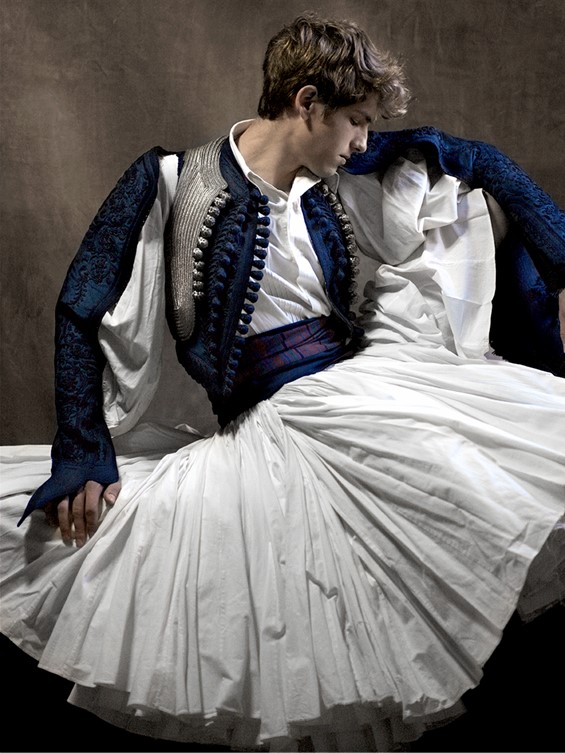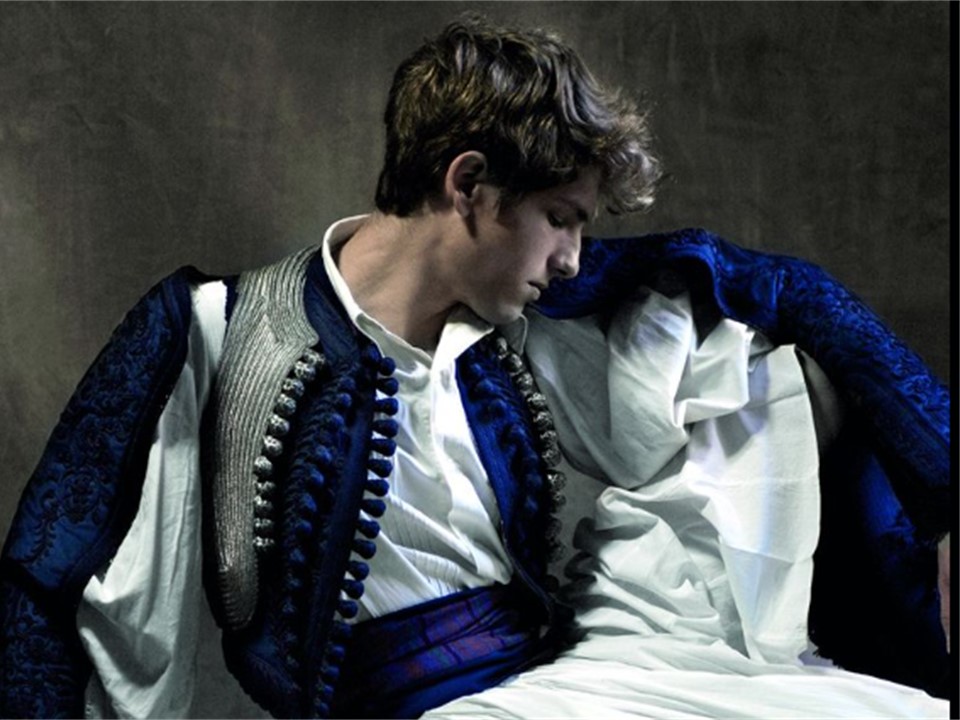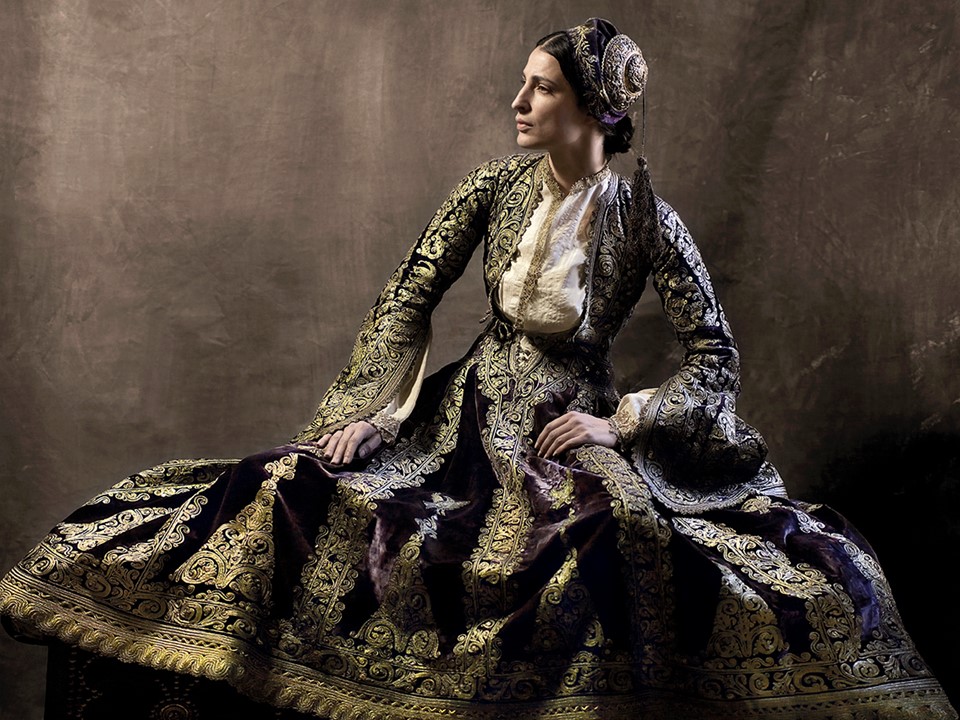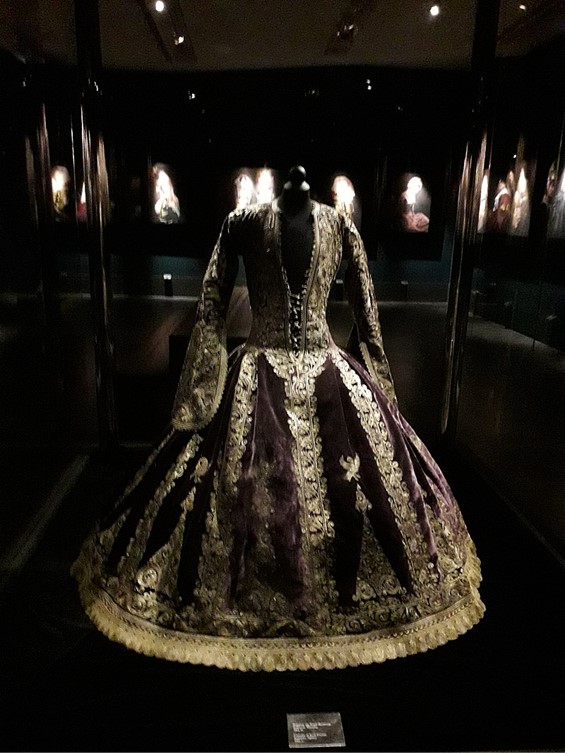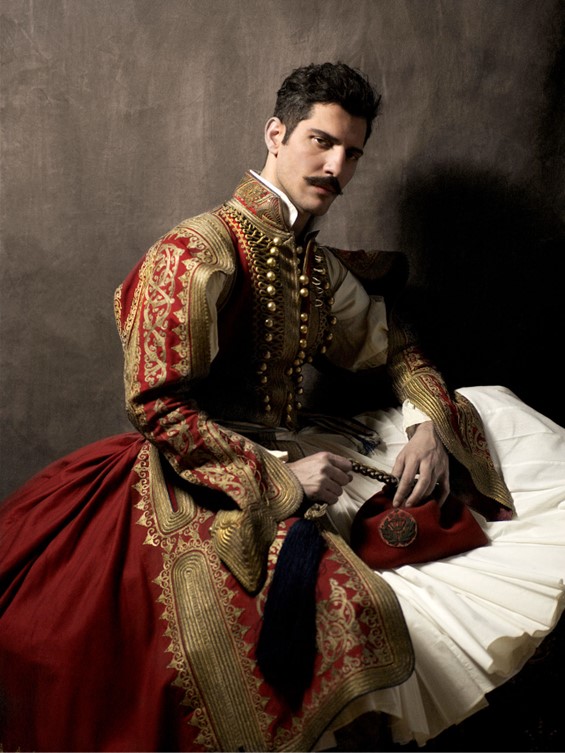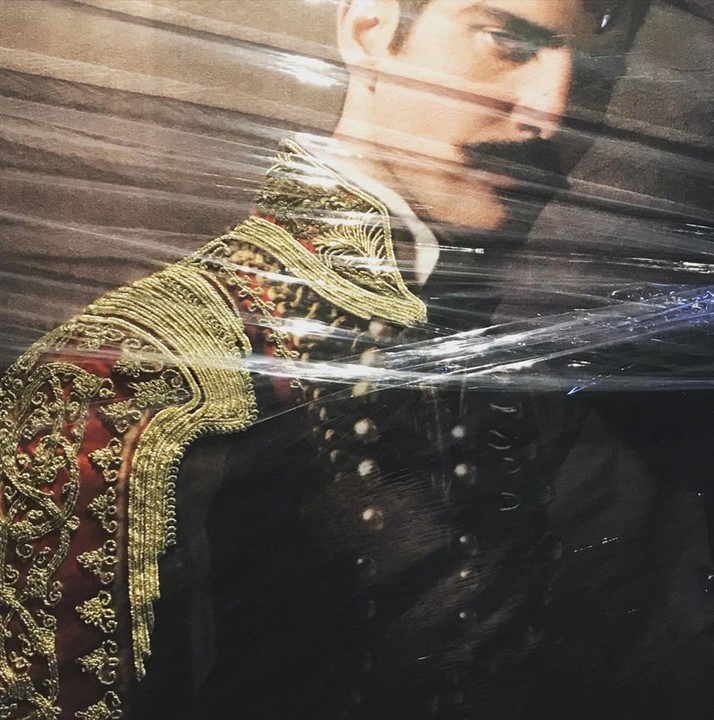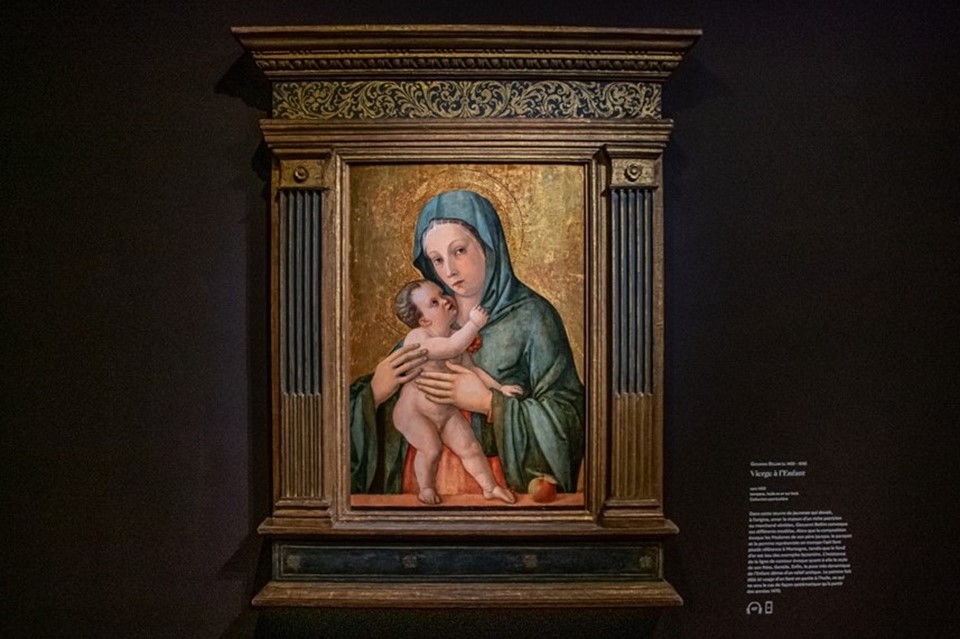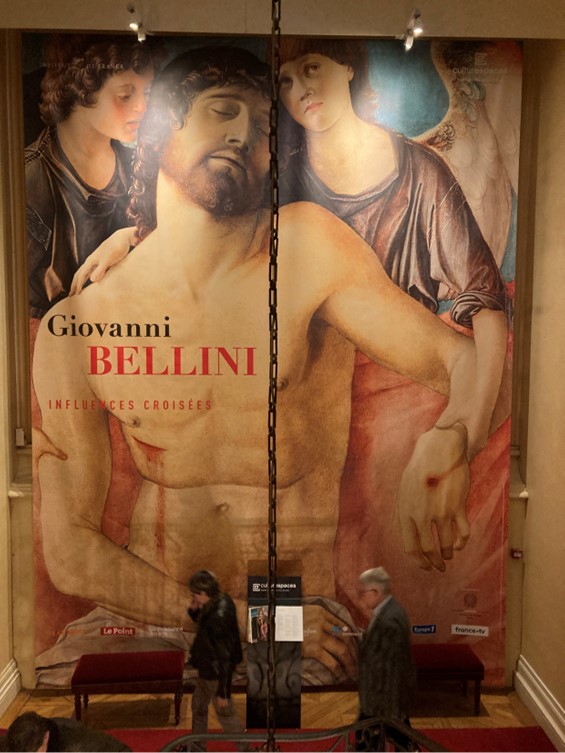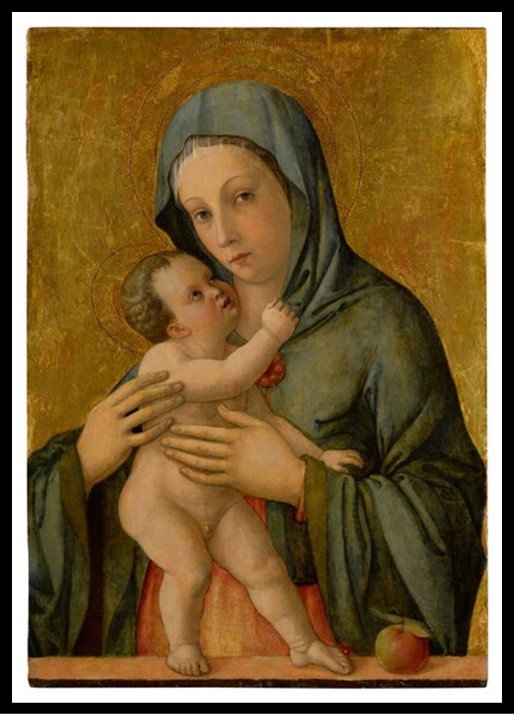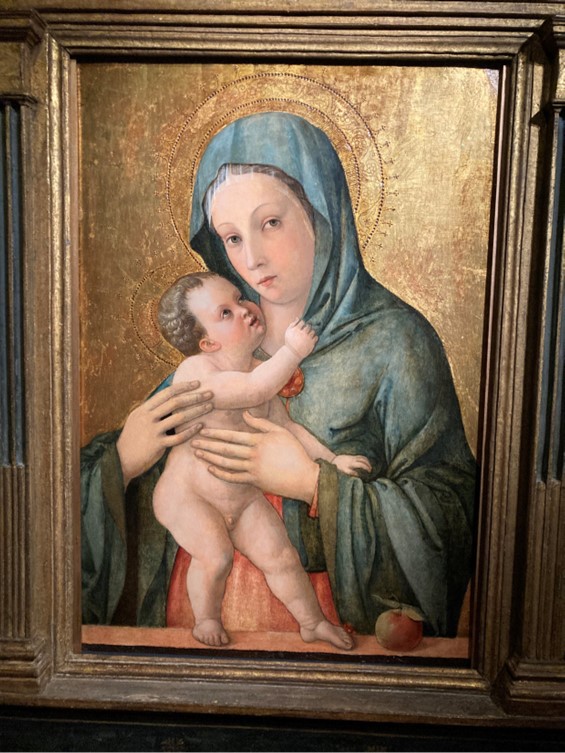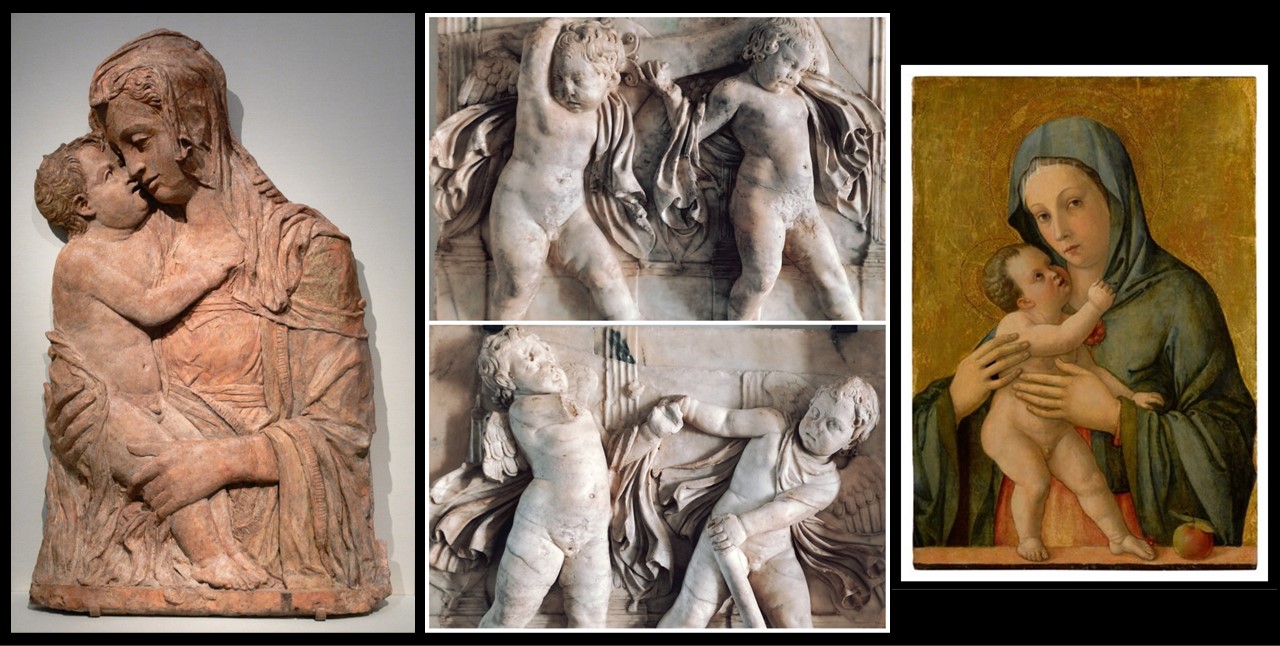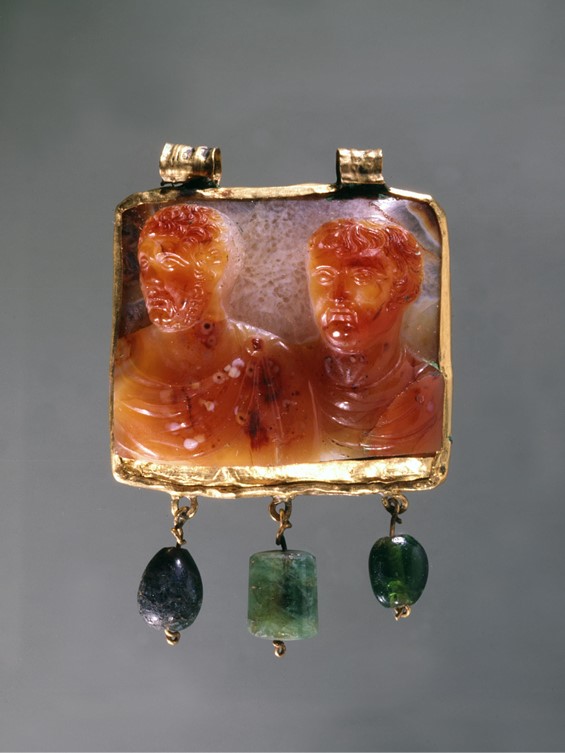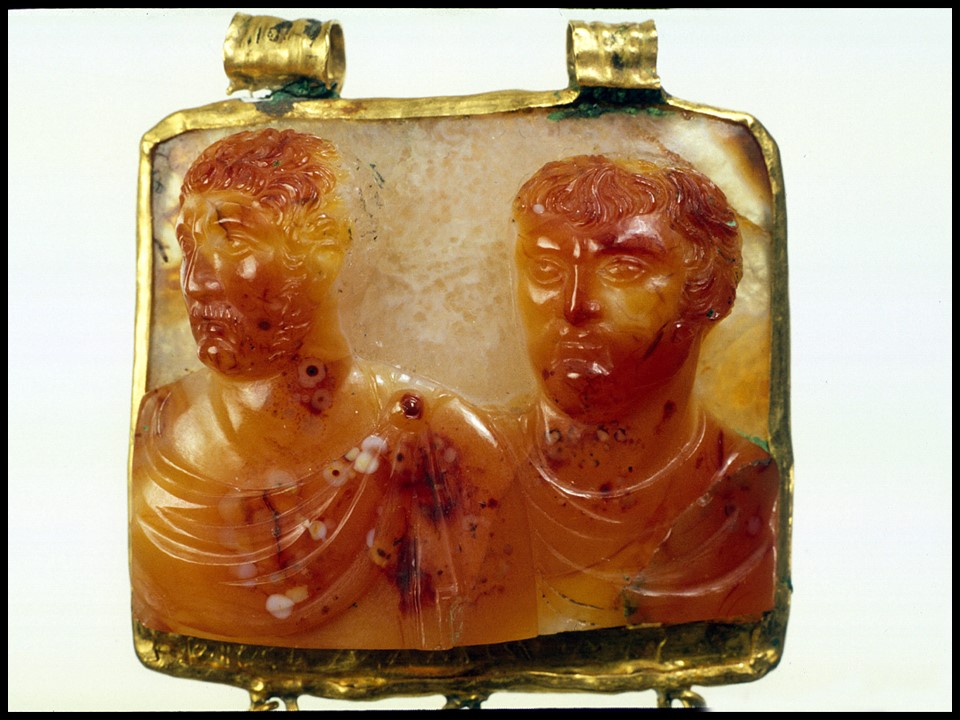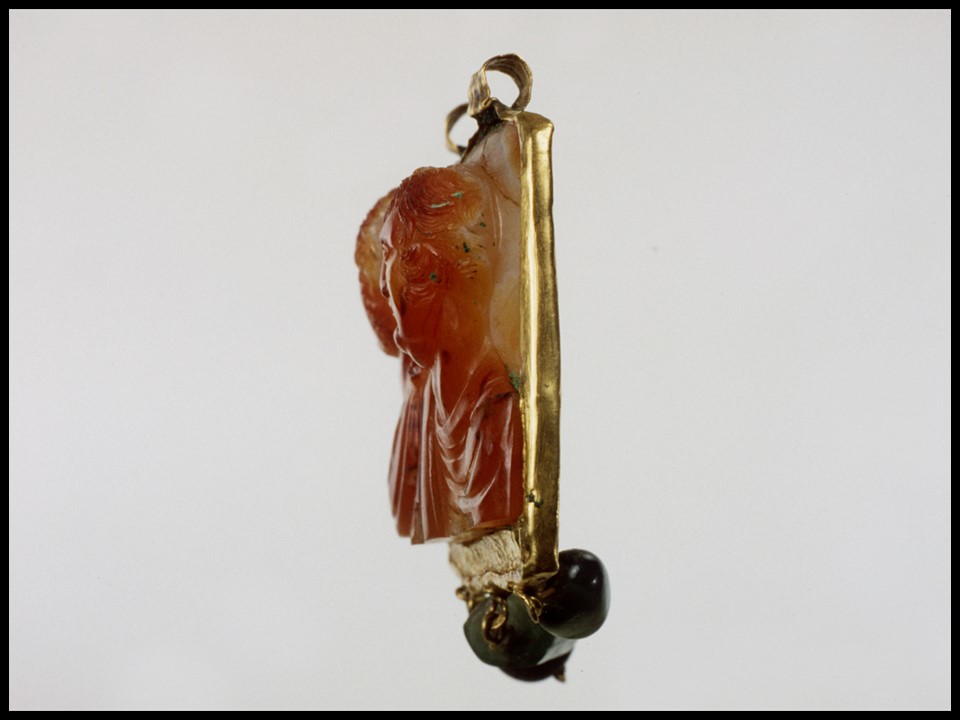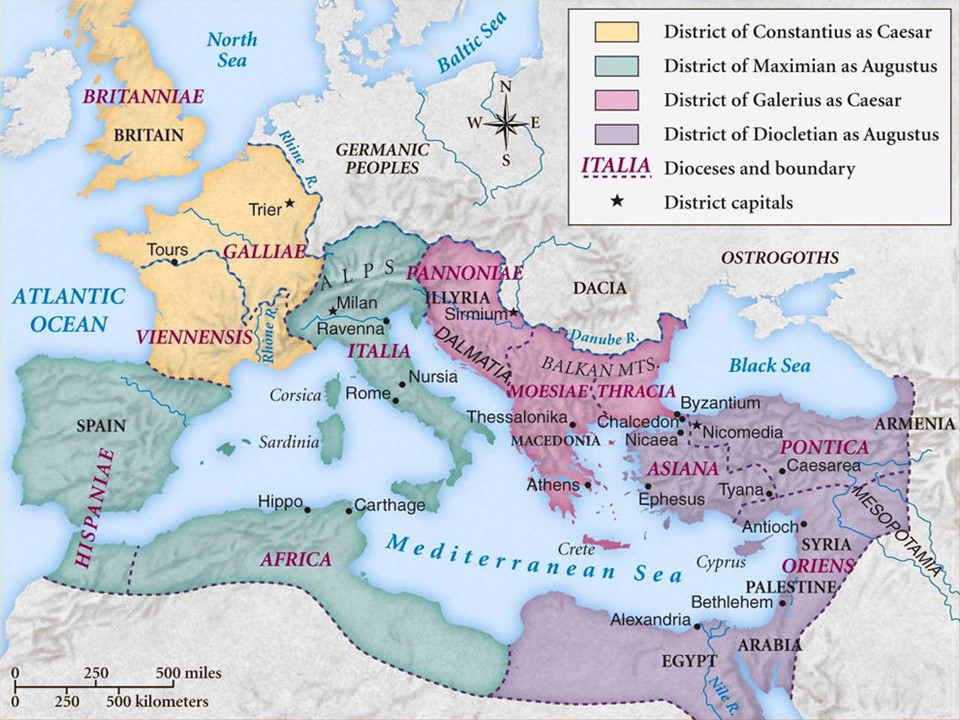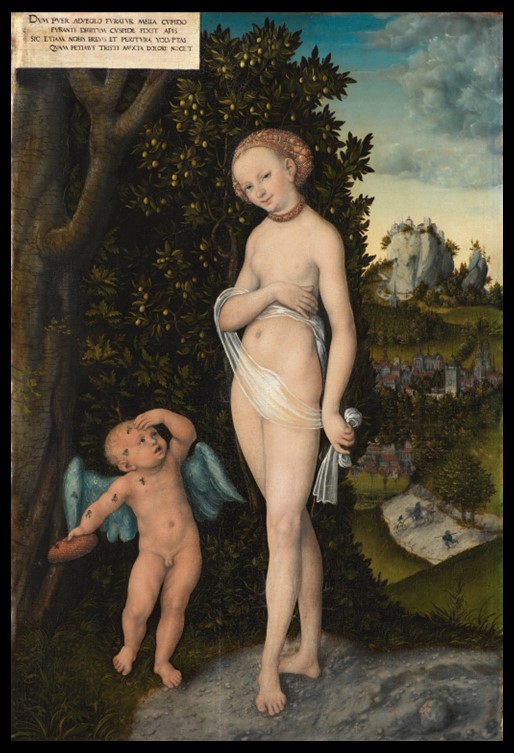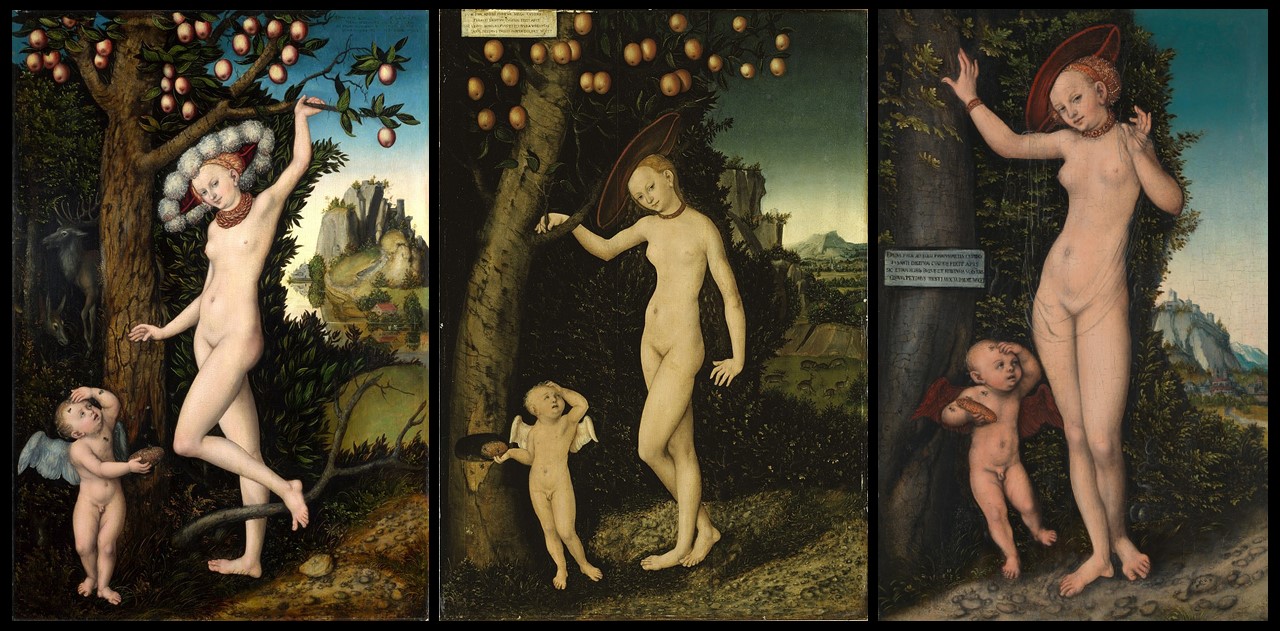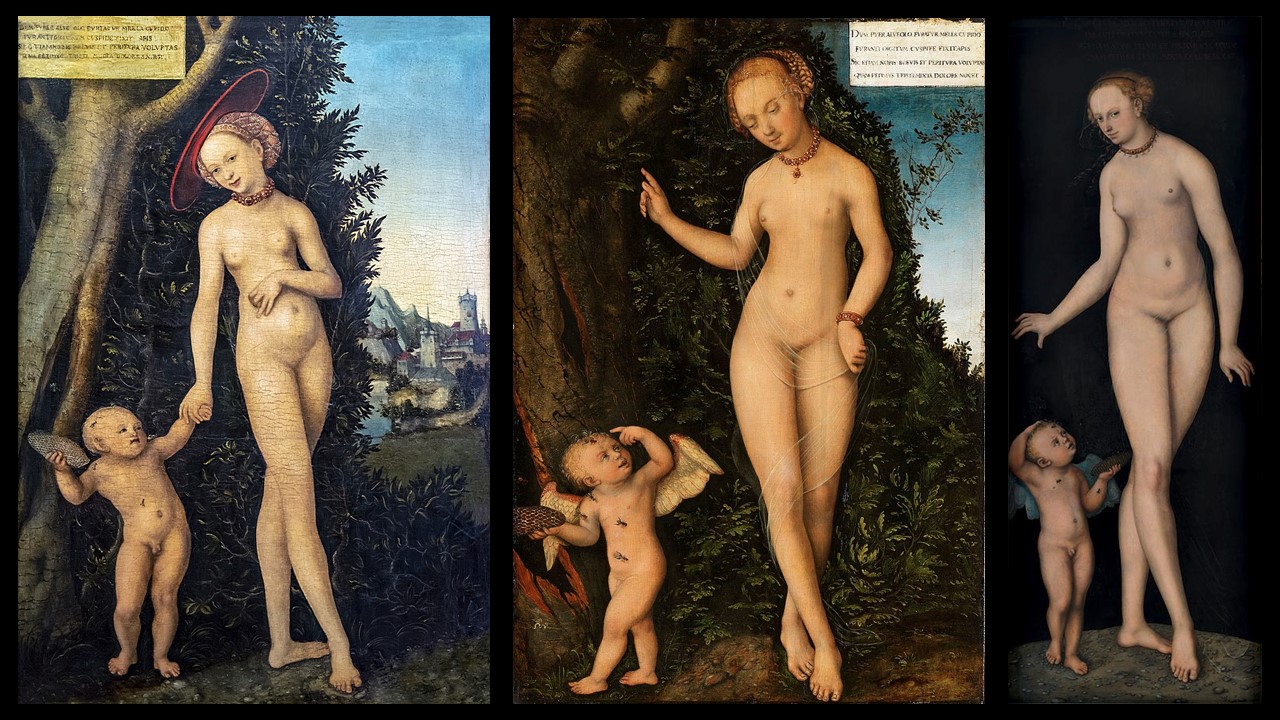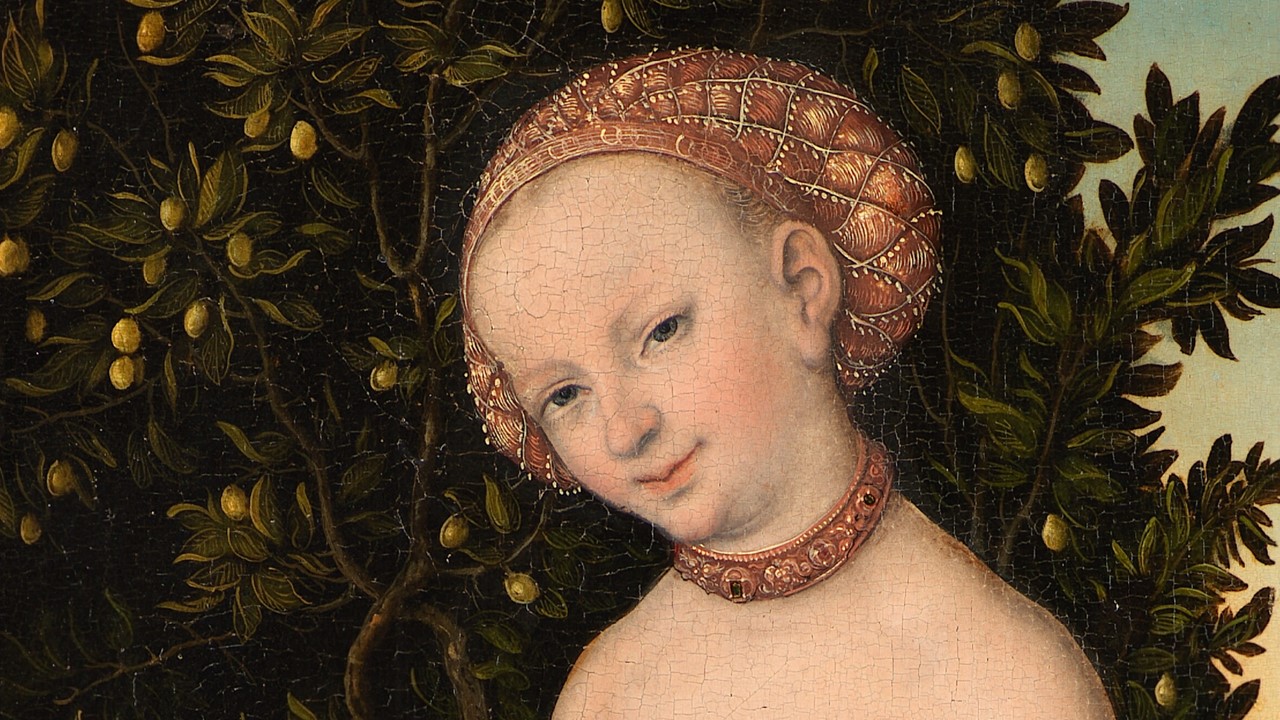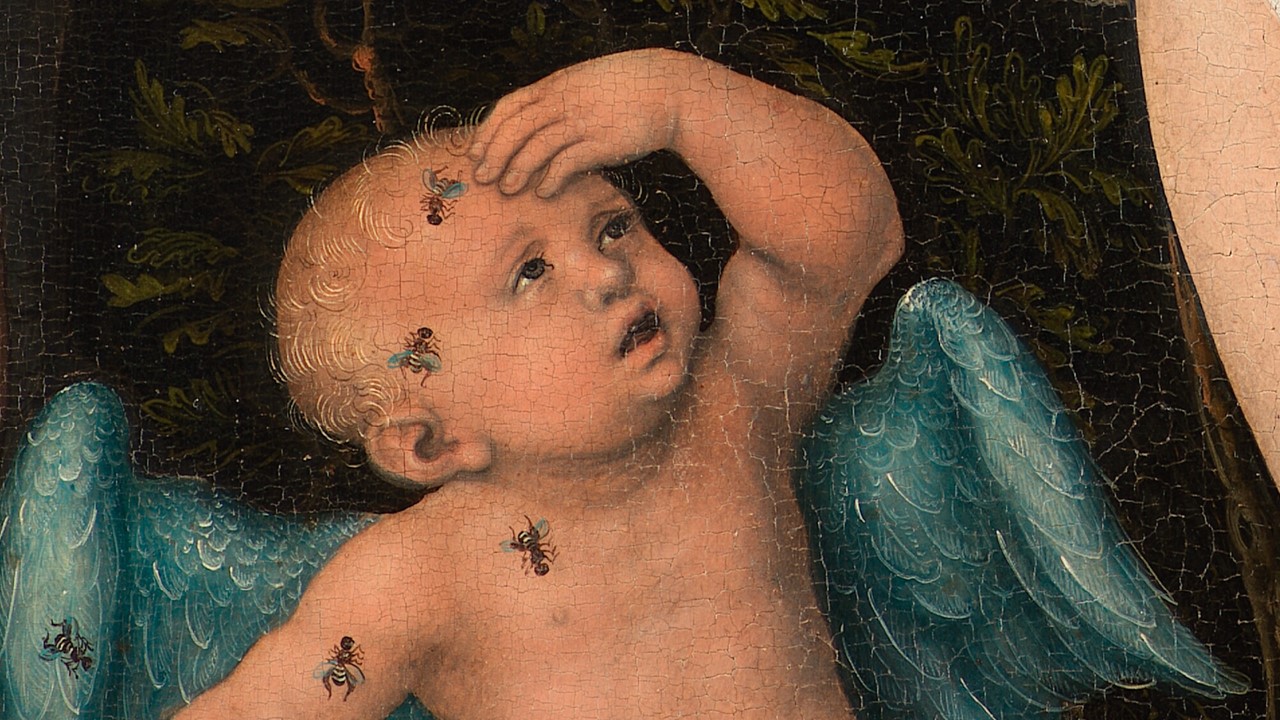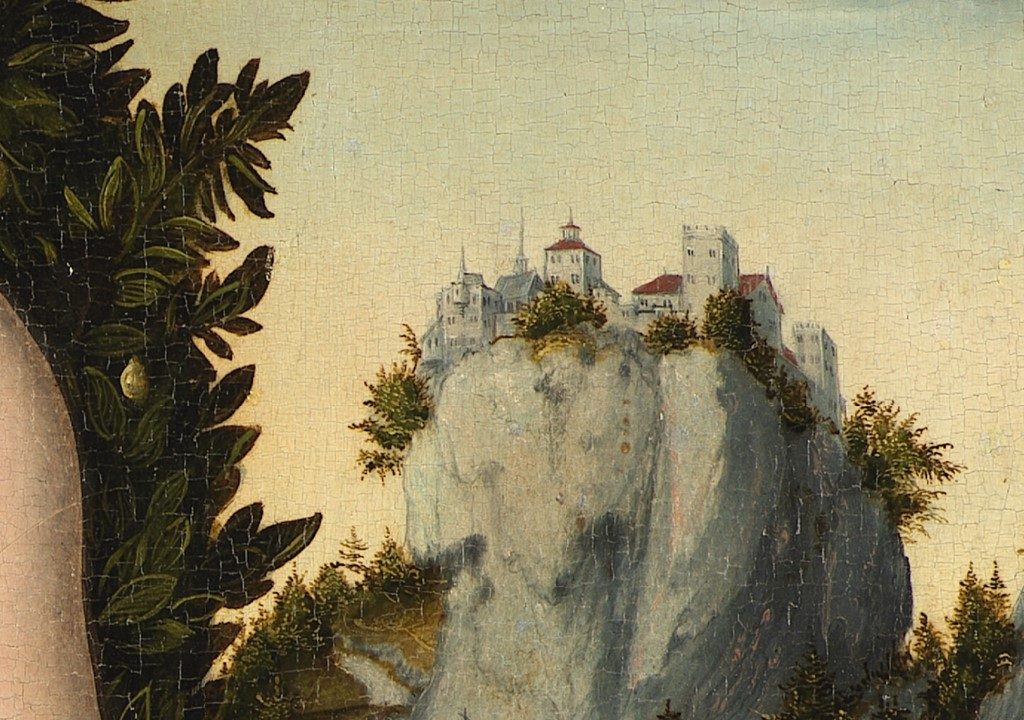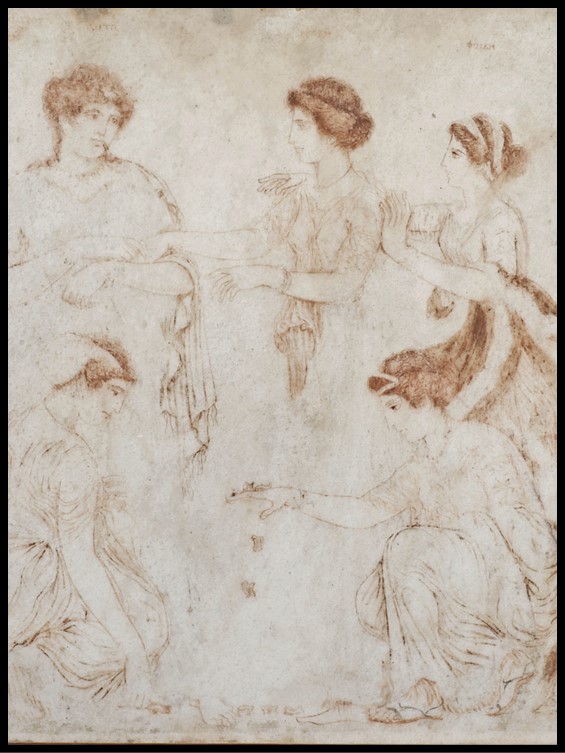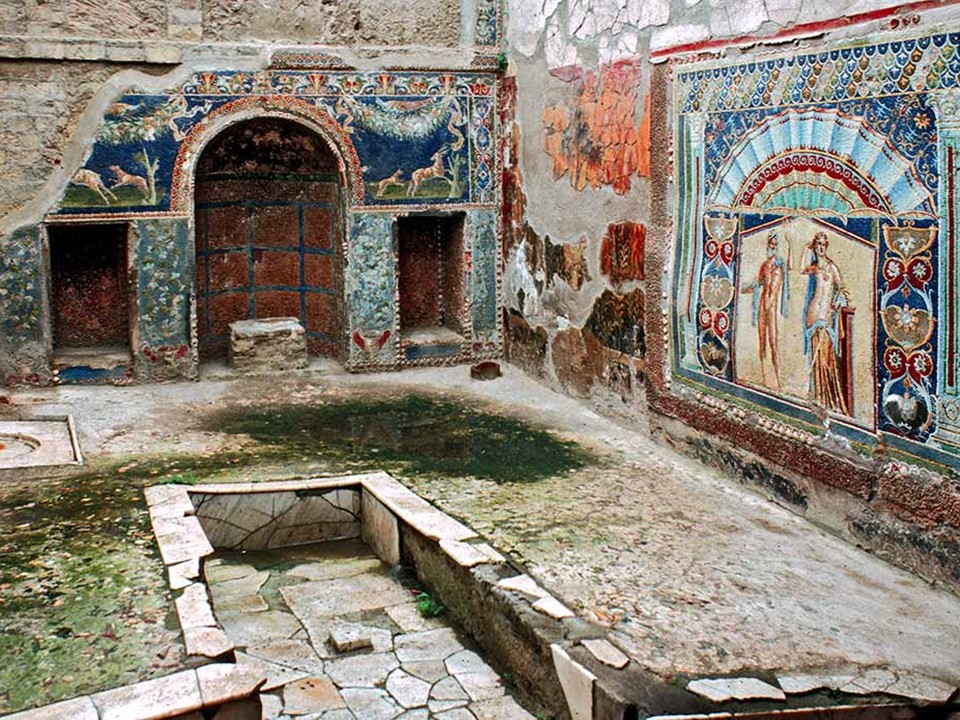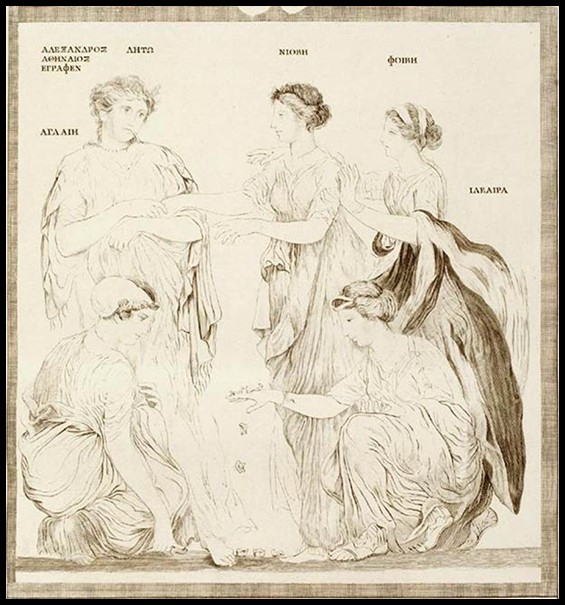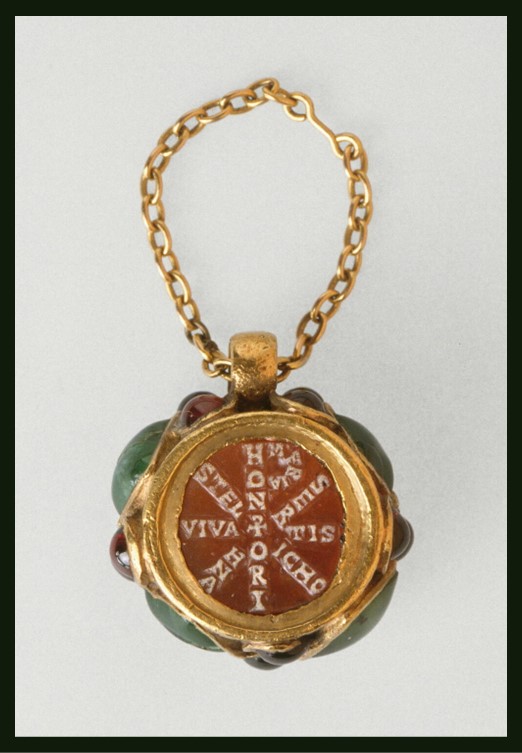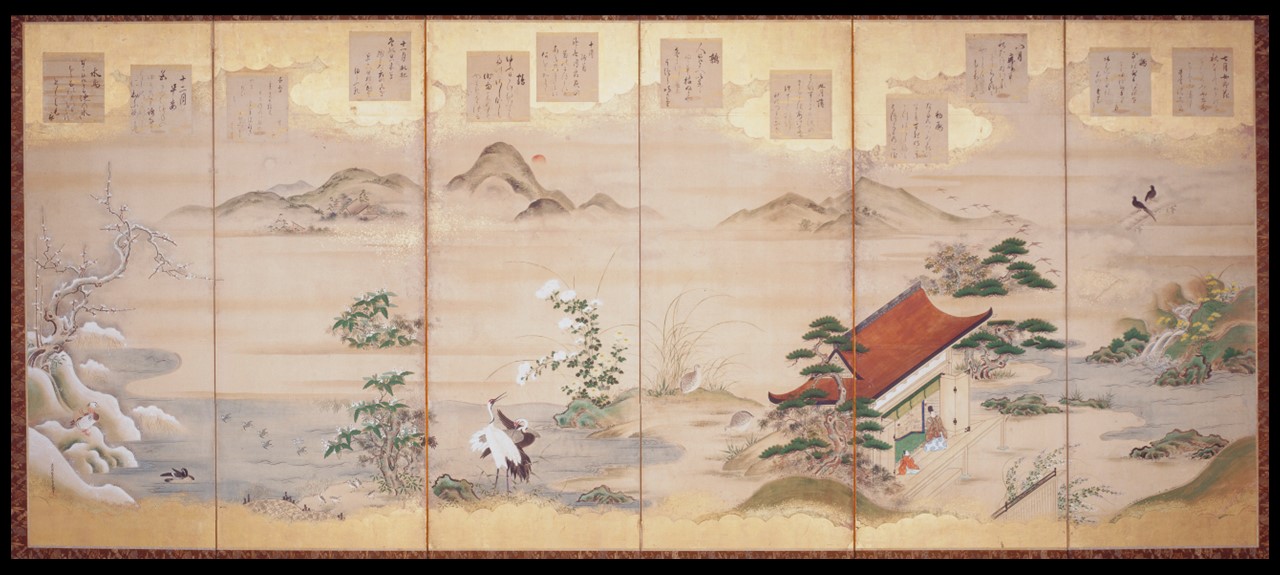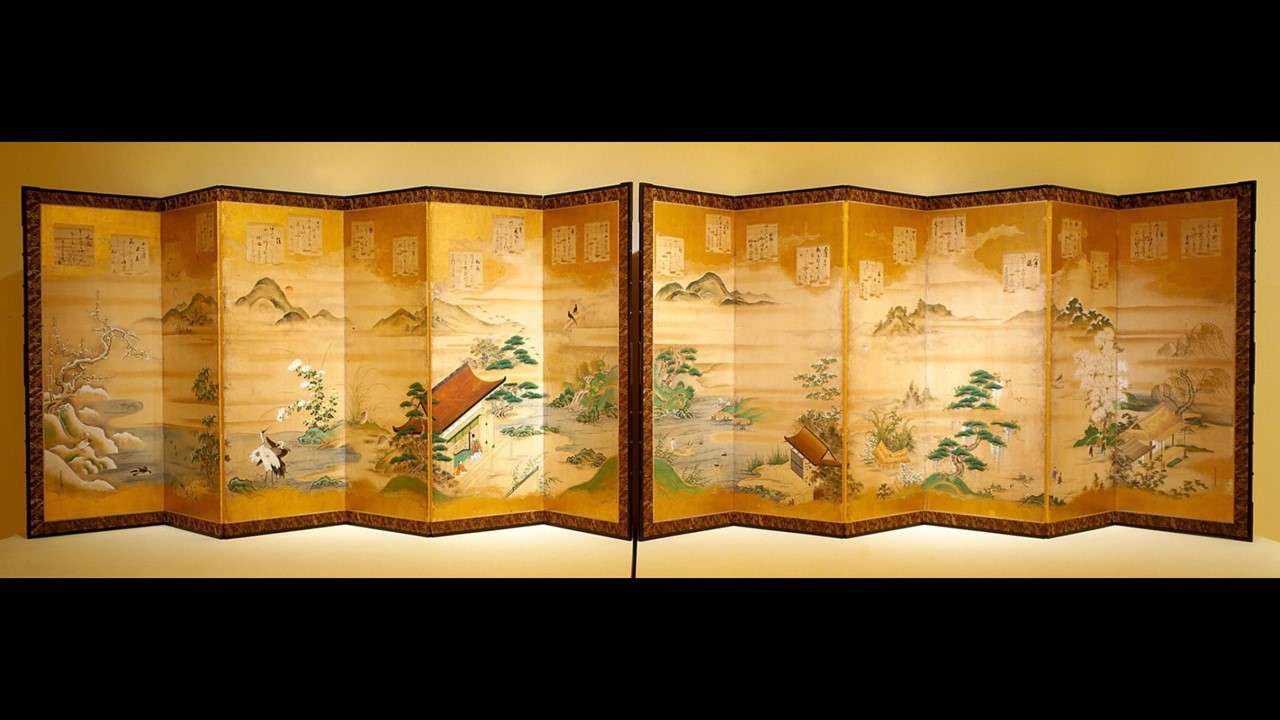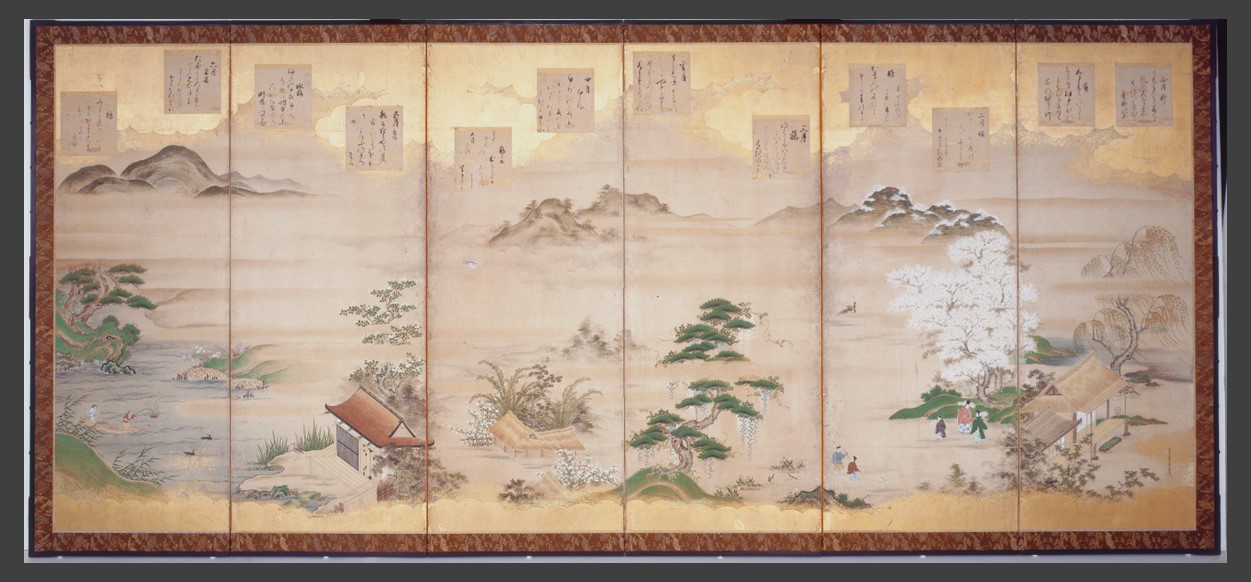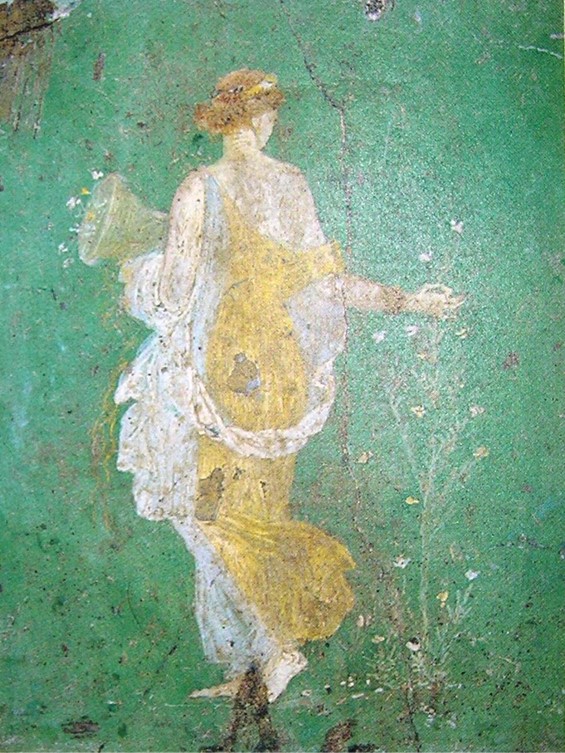
https://commons.wikimedia.org/wiki/File:Primavera_di_Stabiae.jpg
Love came to Flora asking for a flower / That would of flowers be undisputed queen, / The lily and the rose, long, long had been / Rivals for that high honor. Bards of power / Had sung their claims. “The rose can never tower / Like the pale lily with her Juno mien” — “But is the lily lovelier?” Thus between / Flower-factions rang the strife in Psyche’s bower. / “Give me a flower delicious as the rose / And stately as the lily in her pride” — But of what color?” — “Rose-red,” Love first chose, / Then prayed — “No, lily-white — or, both provide;” / And Flora gave the lotus, “rose-red” dyed, / And “lily-white” — the queenliest flower that blows… writes the Indian poet Toru Dutt and I think of Flora my favorite fresco in Villa Arianna in Stabiae. https://allpoetry.com/Toru-Dutt
Where is Stabiae? Stabiae was an ancient Roman city, or rather a string of luxury villas stretching along the coast, located on the western side of Italy, in the modern-day region of Campania. It was well known for its luxurious villas and rich maritime trade. The city was destroyed by the eruption of Mount Vesuvius in 79 AD, along with the nearby city of Pompeii. The well-preserved remains of Stabiae, including frescoes and mosaics, offer a unique glimpse into the daily life and culture of ancient Rome. During the Archaic period (8th century BC) Stabiae already played an important strategic and commercial role. The city reached its highest population density between its destruction by Sulla (89 B.C.) and the eruption of Mount Vesuvius (79 A.D.). During this period, on the northernmost edge of the Varano hill, many Villas were built taking advantage of the panoramic views. They were mainly residential villas, with beautifully decorated large apartments, thermal baths, porticoes, and nymphaea. At present, only some of these villas, not entirely excavated yet, can be visited…
Information about Villa Arianna… On the western hills of Varano, and overlooking the Bay of Naples, Villa Arianna, is impressive, to say the least. It is estimated that it covered an area of over 11,000 sq.m., whereas its excavated parts cover only 2,500 sq.m. The villa has an unconventional layout, due in part to its continuous development but also to the sloping nature of the site. As much of the building is still buried, the original floor plan is quite difficult to interpret. Certainly, the main range of rooms was at the front of the highest of a series of terraces; some of these rooms featured views both of the sea on one side and of the mountains on the other. There was also a long tunnel (B) leading from the stables and farm court under the residential quarters to the shore. https://sites.google.com/site/ad79eruption/stabiae/villa-arianna
Excavations at Villa Arianna, When, How, and by Whom… Excavations in Villa Arianna started in 1757 and were conducted by the Swiss engineer Karl Weber, until 1762. At the time, the archaeological site of the Villa was seen more like a treasure hunt exploration site. The Weber team dug underground tunnels, explored the excavated areas, and whatever was discovered and considered of value, like furnishings and frescoes, were detached and taken to the Bourbon Museum at the Royal Palace of Portici. A lot, deemed unworthy or ruined, were left behind and much was ruined by the methods employed by the “archaeologists” of the time. Today, parts of the Villa nearest the sea have collapsed down the cliff and perished forever, extended areas of the site are still buried awaiting excavations, but thanks to a Bourbon-period map showing where tunnels were dug and thereafter re-buried, archaeologists resumed excavations in 1950, and proceed with proper scientific research.
Discuss the Fresco of Flora… Among the many treasures discovered in Villa Arianna is the fresco of Flora, exhibited today in the National Archaeological Museum of Naples. It is a 38×32 cm fresco, created for the triclinium area of the Villa (Room W. 26 in the Plan). The fresco depicts the goddess Flora, the Roman goddess of flowers and spring, surrounded by a variety of plants and flowers.
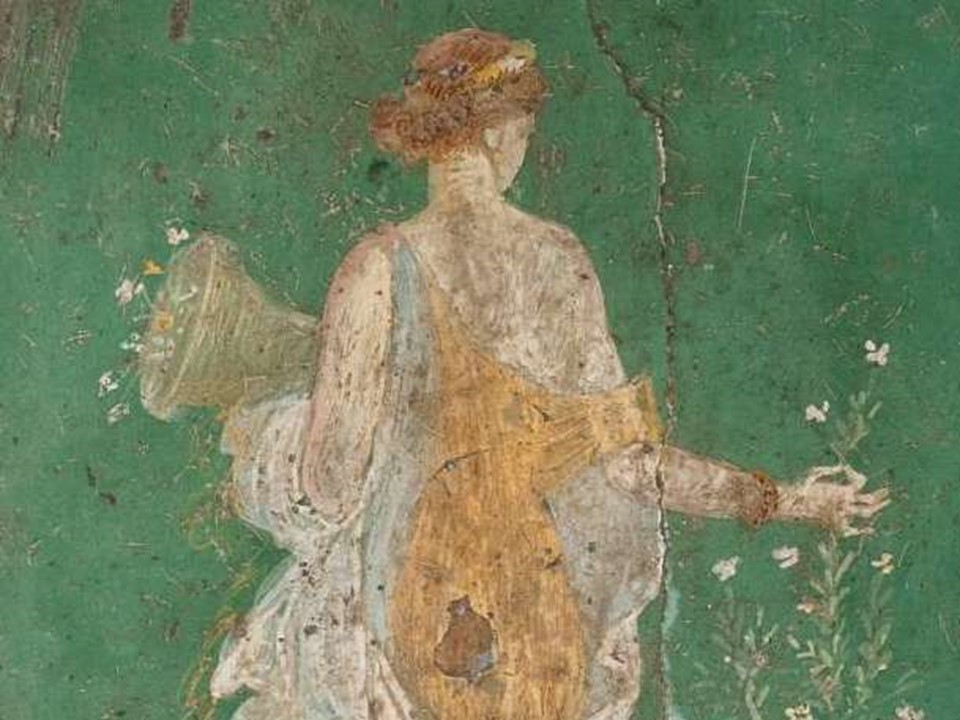
In vibrant colors, intricate details, and naturalistic depictions of plants and flowers, the lovely Flora, a young girl shown with her back to us, delicately gathering spring flowers, is a fine example of the 3rd Pompeian style in painting. Barefoot with a light step, her veil and the hem of her dress floating in the air, Flora turns suddenly to the side to pick a spring from a thin shrub with white flowers. Shown in a relaxed and carefree manner, the goddess is thought to reflect the changing cultural attitudes of the time, the increasing wealth and luxury of the Roman Empire, and may suggest a greater appreciation for the beauty and abundance of nature in ancient Campania!
For a Student Activity, please… Check HERE!
